The North Kent Woods and Downs National Nature Reserve (NNR) is a place where history and nature are woven together, creating a landscape rich in heritage. From ancient burial mounds and medieval trackways to remnants of the industrial past and echoes of wartime defence, the land holds the stories of those who lived and worked here before us. With around 200 heritage assets recorded in the Kent Historic Environment Record (HER), this is a landscape of national and international significance—one that speaks of resilience, adaptation, and deep-rooted connections between people and place.
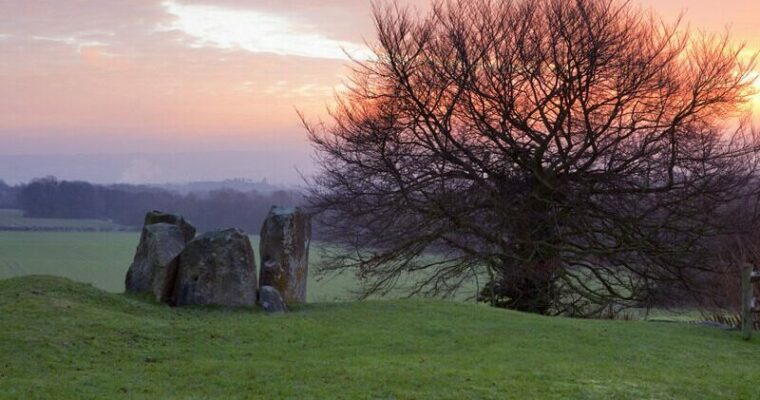
Ancient landscapes
Shaped over millions of years by geology, climate, and human activity, the NKWD’s landscape has preserved vital traces of the past. Beneath the woodland canopy and across the rolling downs, hidden earthworks, ancient fields, and long-forgotten paths reveal themselves through modern techniques like LiDAR, offering fresh insights into how people have shaped this land over time.
The area is rich in archaeological remains, from Neolithic barrows and Bronze Age burial sites to Roman villas and medieval farmsteads. The land itself has been a constant, bearing witness to changing ways of life—from early woodland clearance and agriculture to centuries of industry and, more recently, conservation.
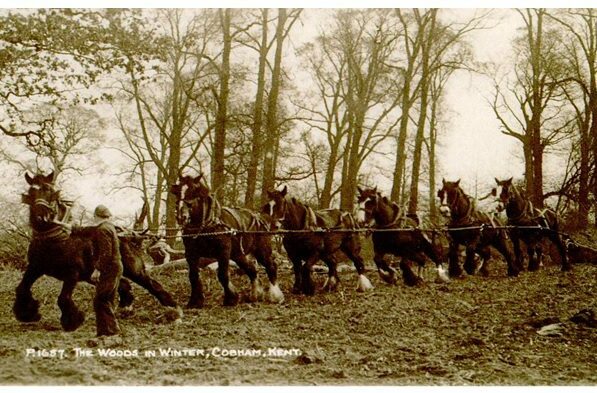
Industry and the working landscape
For centuries, industry played a defining role in shaping the North Kent landscape. Before 1800, quarrying for clay, flint, sand, and chalk was a vital part of the local economy, alongside small-scale industries like brickmaking—particularly linked to the grand estates at Cobham Hall.
The 19th century saw the rise of the cement industry, fuelled by the region’s rich chalk deposits and strategic position along the Thames and Medway. Chalk was quarried on a vast scale, leaving its mark on the landscape. In the 20th century, one of the most significant industrial changes came with the creation of the Shorne Wood claypit in 1936-37. Supplying clay to the cement works at Northfleet, it operated until 1964 before falling into disuse—only to be reclaimed by nature and later transformed into the Shorne Wood Country Park. Today, much of this history has been uncovered by local archaeology groups, helping to piece together the stories of those who worked in these landscapes.
Smaller-scale industries, such as brick and tile making, also played a role in shaping local communities. Further research into historic maps, LiDAR data, and oral histories will help deepen our understanding of how these industries were connected to the land and the people who lived here.
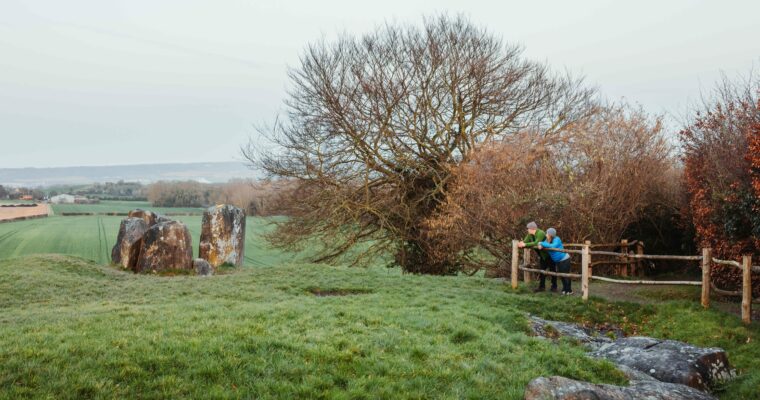
Culture, spirituality and heritage
For as long as people have lived here, this land has been a place of significance—physically, culturally, and spiritually. The NNR is home to burial sites dating back thousands of years, from Neolithic and Bronze Age barrows to medieval cemeteries. Religious and cultural sites, including ancient churches, chapels, and war memorials, mark the passing of time and shifting beliefs, while even older sites of ritual importance are suggested within the landscape.
This deep-rooted history is reflected in the way people continue to engage with the land today. From centuries-old woodland traditions to modern conservation efforts, the cultural heritage of the NNR is alive and evolving.
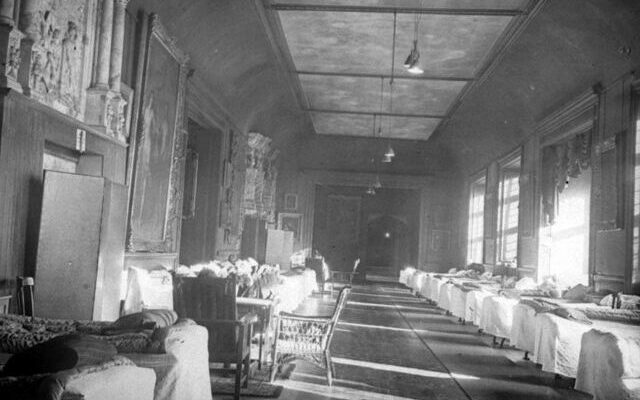
A landscape of defence
The North Kent landscape has long played a role in national defence, particularly in the 20th century. During the First World War, trenches were dug along the crest of the Downs as part of a vast national defence system. In the Second World War, anti-aircraft batteries, troop camps, and strategic defence positions were established, making use of the terrain. The Cobham heavy anti-aircraft battery remains one of the most significant sites, a reminder of the landscape’s military past.
There is still much to uncover about this period of history, with opportunities for further research into defensive positions, troop camps, and even wartime air crash sites. These are stories that bring a different dimension to the landscape—one of resilience and survival in times of conflict.
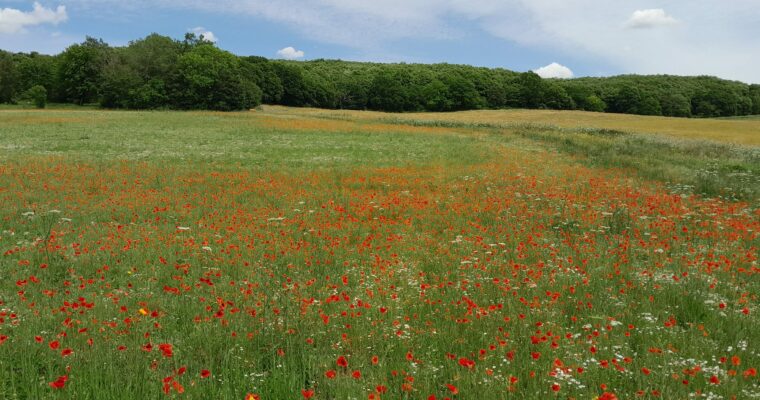
Conservation and the future
By the 20th century, the landscape of North Kent had changed dramatically due to agriculture, urban expansion, and industrialisation. Yet as these pressures grew, so too did the movement to conserve and protect the natural world.
Guided by the Lawton Principles of “Bigger, Better, More Connected” landscapes, conservation efforts took shape, leading to the designation of the North Kent Woods and Downs as a National Nature Reserve in 2025. This marked a major step in recognising the reserve’s ecological and historical importance, ensuring that its ancient woodlands, chalk grasslands, and historic landscapes are restored, protected, and celebrated.
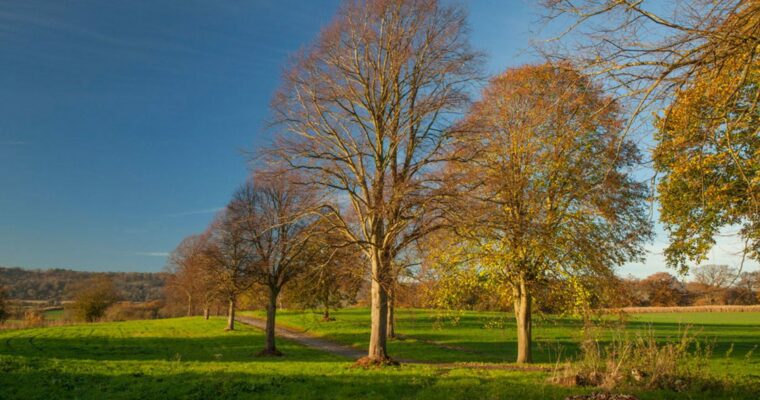
A Living, Breathing Landscape
The story of this landscape is still being written. Ongoing research, archaeology, conservation, and community involvement continue to shape the future of the NNR, ensuring that its past is understood and its nature protected. Whether through heritage trails, archaeological projects, or sustainable land management, the North Kent Woods and Downs remain a place where history and nature go hand in hand—connecting people with the land, its past, and its future.

